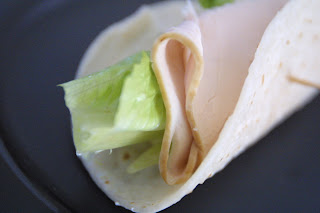 “Still Life of Topless Pie”
“Still Life of Topless Pie”I made my first apple pie this weekend…sort of. It was more like a peach pie.
Whatever you want to call it, it was as easy as pie to make.
Husband would not try it after I confided that it was made without sugar. (He doesn’t know what he’s missing!)
This recipe is really my father’s, minus the gluten-free piecrust. His pies contain no added refined sugars.
I love the image of a huckleberry pie…blackberry pie…lemon pie. I go back in time and imagine what pies must have smelled and tasted like in the 1800’s. Imagine child thieves wearing wool caps, stealing cooling berry pies from window ledges. How often were pies actually stolen this way, one has to wonder.
I bet those pies weren’t as sweet as today’s.
Digging around on the Internet, I found that the first English apple pie recipe dates back to 1381. It was made with apple, figs, raisins, and pears. Early pie recipes did not contain sugar because it was expensive and not as available in England’s market place.
An American cookbook in the 1800s featured 8 sweet pie recipes and by 1947, there were 65. Today, there are over 150 recipes -- just for apple pie alone. Many of these recipes contain more than refined white sugars. Corn syrup sweeteners and high fructose corn syrup are some of the strange chemically engineered ingredients added to today’s fast food pies.
McDonald’s Baked Apple Pie:
Apples (citric acid, ascorbic acid, salt), enriched flour (bleached wheat flour, niacin, reduced iron, thiamin mononitrate, riboflavin, folic acid), water, high fructose corn syrup, sugar, shortening [palm oil, soy lecithin, artificial flavor, beta carotene (color)], food starch-modified, contains 2% or less of the following: sorbitol, sugar, palm oil, palm kernel oil, dextrose, brown sugar, apple powder (dehydrated apples, citric acid), sodium alginate, dicalcium phosphate, sodium citrate, salt, spices, yeast, L-cysteine, natural (plant source) and artificial flavors, annatto and turmeric (color), caramel color.
Oh lawdy, can you imagine your great, great grandmother eating this kind of pie?
On average, most apple pies call for at least one cup of white sugar. My recipe calls for ½ cup of canned peach juice. Peach juice in place of white sugar will actually add more flavor to an otherwise bland apple pie. Pear juice probably works just as well.
How to prepare:
- 3-4 large Granny Smith apples (precook apples in boiling water until tender)
- 1 can of sliced peaches (without high fructose corn syrup)
- 1/2 cup of juice from canned peaches
- Add a touch of lemon juice, cinnamon, and nutmeg to juice
- Stir gently and pour into pie shell
- Bake in oven at 350 for 45 minutes or when piecrust is cooked
Husband makes homemade piecrust with Bob’s Red Mill Biscuit and Baking Mix. He adds ¼ cup of sugar to the recipe -- otherwise, the crust is bitter. Recipe on back of package: http://www.bobsredmill.com/recipes_detail.php?rid=1450
I have less patience for making homemade piecrust and would rather depend on Madwoman’s gluten-free piecrust -- a perfect 10!












